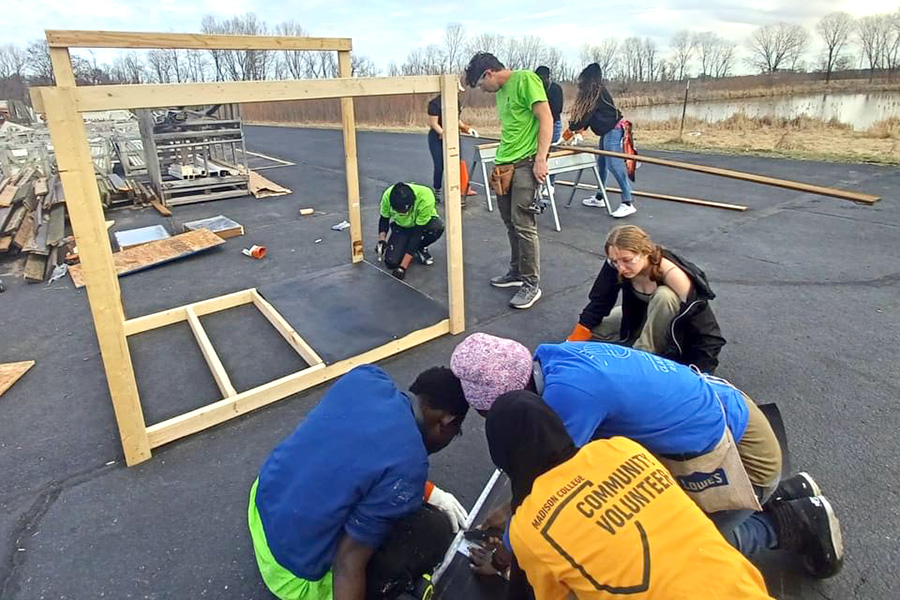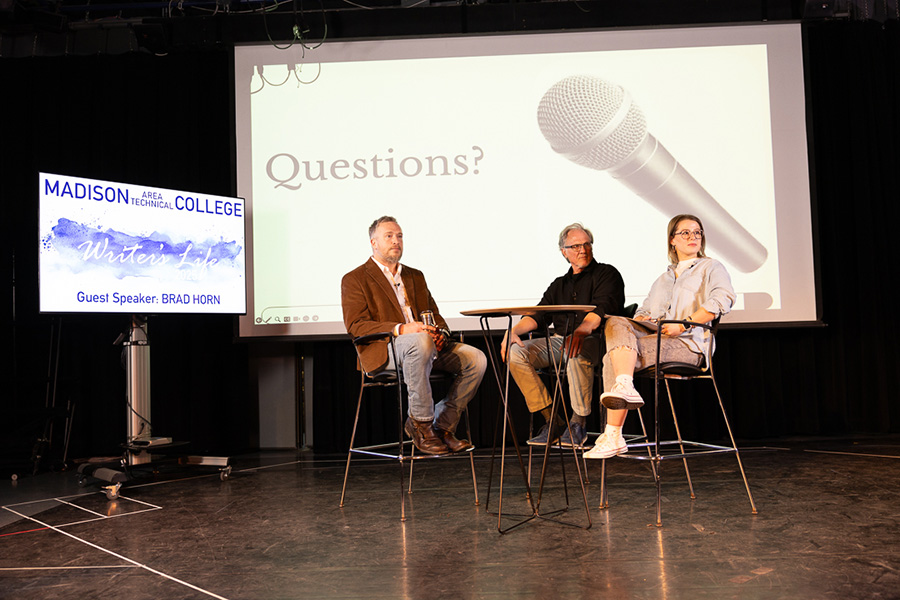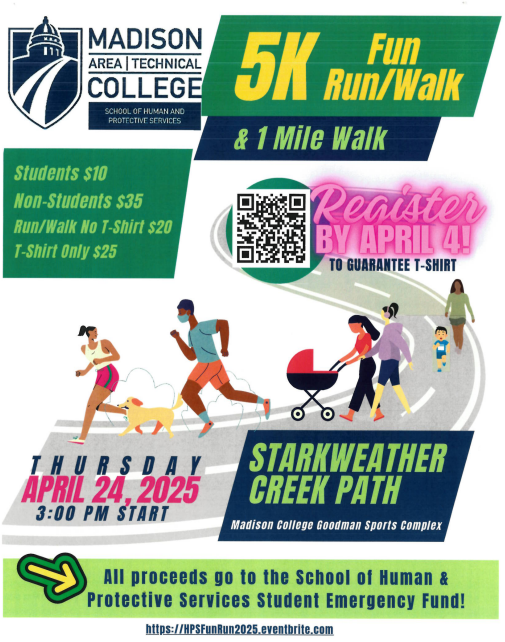PTSD: The wounds we can’t see
April 24, 2015
One night near the town of Kingston Australia, military veteran Nicholas Hodge walked onto a deserted road. After laying in the middle of the white dividing line, 37-year-old Hodge placed his ID on his chest and waited. Soon thereafter a taxi cab was the first to notice the large veteran laying face up on the asphalt and immediately called the police.
Two officers arrived to question Hodge. “I was hoping a car would run me over.” He later told reporter Scott Hardford of canberratimes.com, “I just started bawling my eyes out, saying, ‘I need help, I need help.’”
Hodge, as well as millions of others, suffers from a mental condition called Post Traumatic Stress Disorder (PTSD); a psychiatric disorder that results from experiencing or witnessing a terrifying event. It is estimated that over five million people in the U.S. alone suffer from PTSD every year, with women twice as likely to be diagnosed as men.
This illness is most commonly associated with military veterans who have seen combat, but is often confused with its similar counterpart battle fatigue or “shell shock.” It is natural to experience uncomfortable reactions to an emotionally scarring and catastrophic event but when the reactions persist longer than a month, it is likely the beginnings of PTSD.
The symptoms of PTSD can be both physical and mental. The most typical symptom that sufferers of Post Traumatic Stress Disorder show is a re-experiencing or “flashback.” Flashbacks occur when something inadvertently triggers the memory of a traumatic event. Unfortunately these flashbacks usually feel so real it is like re-living the event all over again.
Numbing is another symptom that occurs when a person distances themselves from others emotionally. Numbing results in isolation and can lead to depression. Similar to numbing, avoidance is when a person will go out of their way to avoid any stimuli remotely related to the traumatic event. For example, if someone suffered a car accident he or she may be reluctant to ride in a vehicle.
The final symptom of PTSD, emotional arousal, has the sufferers in a constant state of awareness or “on guard.” Being constantly aware often leads to difficulty sleeping, violent outbursts and irritability.
Oftentimes veterans who suspect they may have PTSD are afraid to seek help because of how a diagnosis might look to superior officers.
“I was afraid how Army leadership would react if I had that on my record,” wrote retired Army Chaplin Huerta (first name not given) on army.mil. “I was a Soldier,” he continued. “I was tough, I just needed to rub the patch and drive on.”
But veterans are not the only ones who are troubled with PTSD. Those who have suffered through childhood abuse and neglect, natural disasters, being threatened with a weapon and sexual assault also present a heightened risk of developing PTSD.
Much like a combat related event, any of these other factors can cause re-experiencing, avoidance, numbing, and arousal symptoms.
However, those diagnosed with PTSD or suspect they may have it do have options. Treatment is crucial to recovery and although the memories won’t go away, those with PTSD can learn how to deal with the feelings and responses old memories can bring to the surface.
The Department of Veterans Affairs, VA, offers services exclusively to veterans both officially and unofficially. Veterans like Nicholas Hodge and Chaplin Huerta get the expert treatment needed from fellow members of the armed services.
Non-military people can receive equal treatment. Psychotherapy is the most common and effective method of treating PTSD with treatments such as cognitive, exposure and psychodynamic therapies. Medicinal remedies and support groups are the secondary types of treatment and are often just as effective.






























